Playtime isn’t just fun and games for children – it’s pivotal for development and learning. But did you know that the playground equipment in your backyard significantly impacts your child’s growth in crucial ways? The right outdoor play gear uniquely shapes your children’s world, from building physical strength to honing social skills.
The benefits of active play are far-reaching, especially play that gets children moving. But physical activity is only one piece of the developmental puzzle. The structure of play matters, too. Free, unstructured play encourages creativity and imagination in younger children. More organised play with rules teaches teamwork and discipline. Outdoor play provides room to run free and reap nature’s benefits.
As your child grows, their play needs change, too. Preschoolers thrive on sensory activities and make-believe. Elementary-age children need physical challenges, competition, and independence tailored to their abilities. Parents play a crucial role in providing play spaces, equipment and supervision regardless of age.
This guide explores the evidence of how playground equipment – from climbers and sandboxes to swings, slides, and cubby houses – impacts younger children’s fine motor skills, cognitive growth, emotional intelligence and more. Get ready to create your child’s optimal backyard playground for development through play.
Benefits of Active Play
Active outdoor playground play is vital for children’s growth and development in multiple ways. Physical activity builds stronger bodies and improves coordination in most children. Bursts of energetic play for at least three hours daily are recommended. Active play also strengthens self-esteem and critical thinking abilities. It’s essential for the healthy development of young brains. Perhaps most importantly, active play hones crucial social and emotional skills through positive interactions with others.
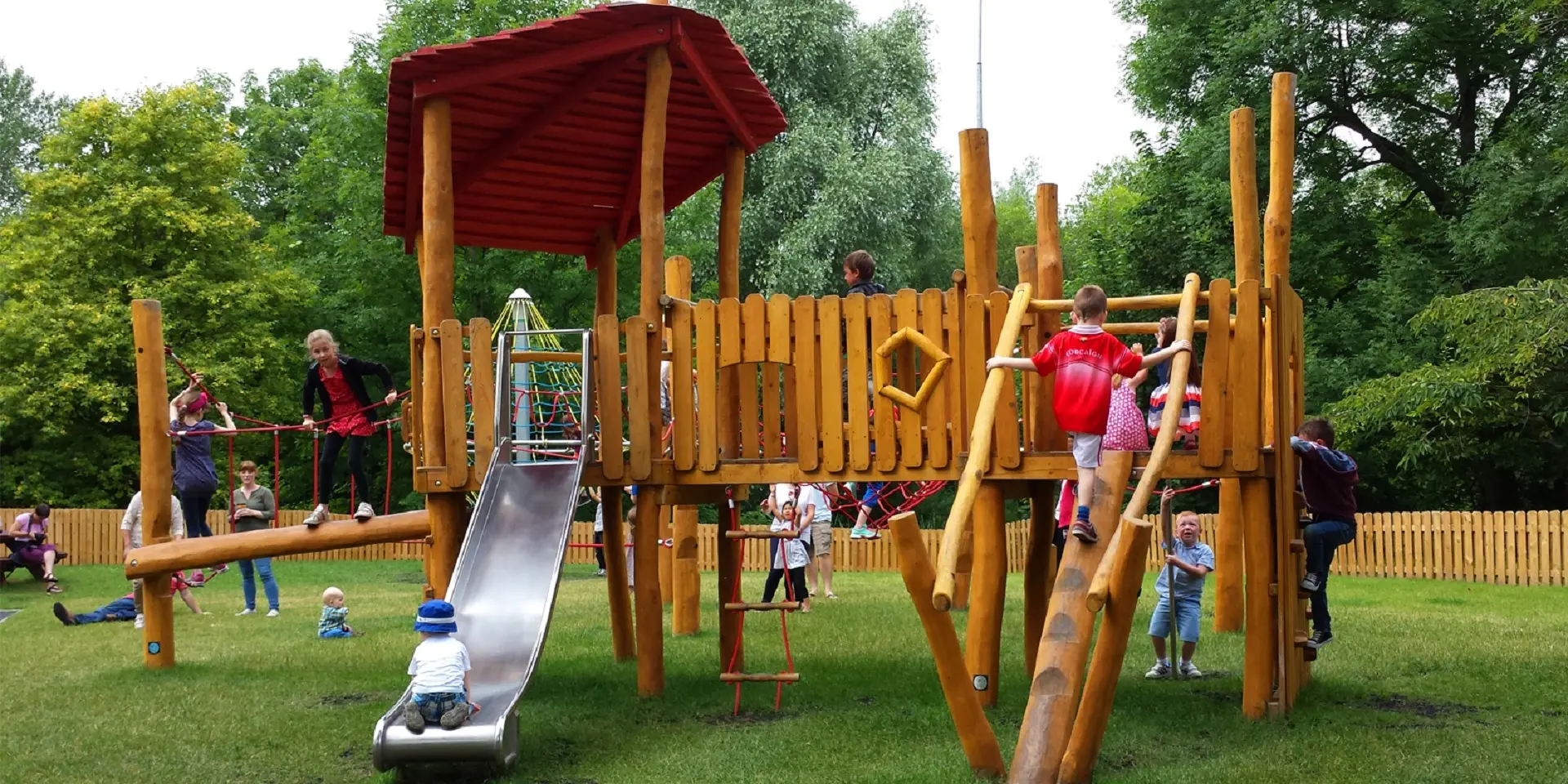 Physical Fitness Gains
Physical Fitness Gains
When children engage in vigorous exercise and physical games, their bodies reap measurable benefits. Active play improves cardiovascular health, muscle tone, and motor skills. Most children naturally crave opportunities to run, jump, climb, swim, and physically exert. Satisfying this need pays dividends for their physical fitness now and later in life.
Mental Sharpness
Mentally, active play boosts self-confidence as kids test their limits and see their skills improve. Children also practice critical thinking when strategising, inventing rules, and solving play-based challenges. These benefits are amplified when children interact in pairs or groups, as play often provides a social setting to exercise emotional intelligence.
Social-Emotional Growth
Cooperating, communicating, negotiating conflicts and having fun with others are skills learned through play.
Aim for at least three hours of heart-pumping activity daily, whether structured or unstructured, for full developmental benefits. Outdoor active play gives children space to thrive. Ensure kids get sufficient physical activity by encouraging outdoor games, sports, races, chasing, playground time and free play. The rewards will be fitter, sharper, socially adept kids.
Structured vs. Unstructured Play
Children benefit from a balance of both structured and unstructured playtime. Each type serves essential developmental needs. As a parent, aim to provide opportunities for your child to experience organised play with rules and imaginative free play. Here is an overview of the unique benefits of structured and unstructured play:
Balancing Structured and Unstructured Play
Both structured and unstructured play behaviours are crucial for a child’s development. Structured play has rules and time limits and often utilises playground elements like play structures. This teaches children to follow instructions, builds social skills and provides a reward system through scoring goals or winning games. In contrast, unstructured play uses imagination and creativity more freely with no predetermined outcome. This encourages innovation as children discover play opportunities on their terms.
Structured Play Develops Discipline
Structured physical skills play is more organised, with gameplay directed by guidelines. Sports, board games and using playground equipment like monkey bars, slides and swings qualify as structured play. With guidance and boundaries, children practice restraint and strategy. They also learn from and cooperate with other kids through structured group play. Kids are motivated to acquire new skills to excel in the game. And they learn to both win and lose with grace.
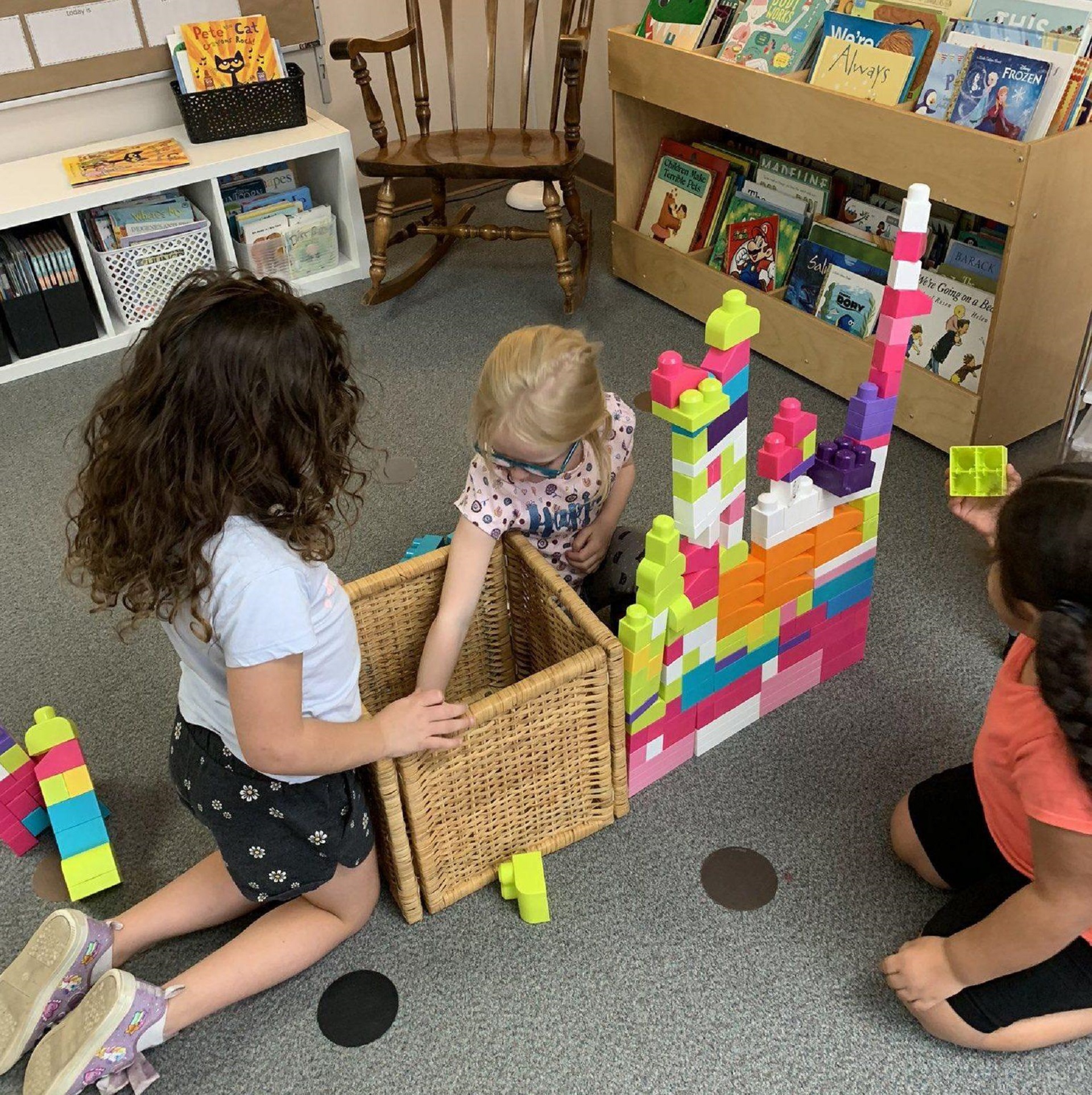 Unstructured Play Boosts Creativity
Unstructured Play Boosts Creativity
Unstructured play is open-ended with no set rules. Children are free to dream up any scenario, role or prop. Unstructured play behaviours common in younger kids include solitary play, parallel play near others and make-believe adventures. Without adult instruction or competition, children follow their innate creativity. Unstructured play helps kids process emotions, work through anxieties, and build confidence through self-directed experiences.
Ideally, children should enjoy both structured and unstructured play daily. Time spent on playgrounds or playrooms can incorporate both types. For example, kids might join a game of tag on the playground equipment, then break off later for pretend play. Providing opportunities for both structured skill-building and unstructured imagination ensures a well-rounded childhood.

Encouraging Outdoor Play
Getting kids outside to play can immensely benefit their health and development. However, limiting screen time and motivating children to play outdoors can be challenging. Parents can foster active outdoor playtime that kids will enjoy with thoughtful effort.
Outdoor Play Promotes Healthy Development
Outdoor play provides space to run freely, fresh air, and vitamin D from sunlight. But, getting kids outside can be challenging, especially for different age groups glued to electronics. Make outdoor play exciting by assigning fun tasks like helping in the garden. Visiting local parks offers new environments and adventures. With supervision, the outdoors is great for all types of play tailored to a child’s ability.
Preschoolers can learn outdoor motor and communication skills through unoccupied and associative play. Have them help sweep walkways or water plants using kid-sized tools. Early elementary-age children are ready for more physical pursuits like bike riding, playgrounds, and sports at the park. Older kids can handle more independence by playing pickup games or taking short neighbourhood walks.
Keep Safety Top of Mind
Safety is paramount when encouraging outdoor play. Active supervision ensures kids stay safe around water hazards, roads, or getting lost. Use sun protection like hats, sunglasses and sunscreen even on cloudy days. Hydration is also crucial, so remind kids to drink water when active outdoors.
Local parks and green spaces make outdoor play more appealing. Try new playgrounds or nature trails to pique kids’ interest. Some parks offer interactive features and activities like splash pads, sports fields, and climbing walls suited for various age groups. Discover parks with equipment even toddlers and preschoolers can enjoy with supervision.
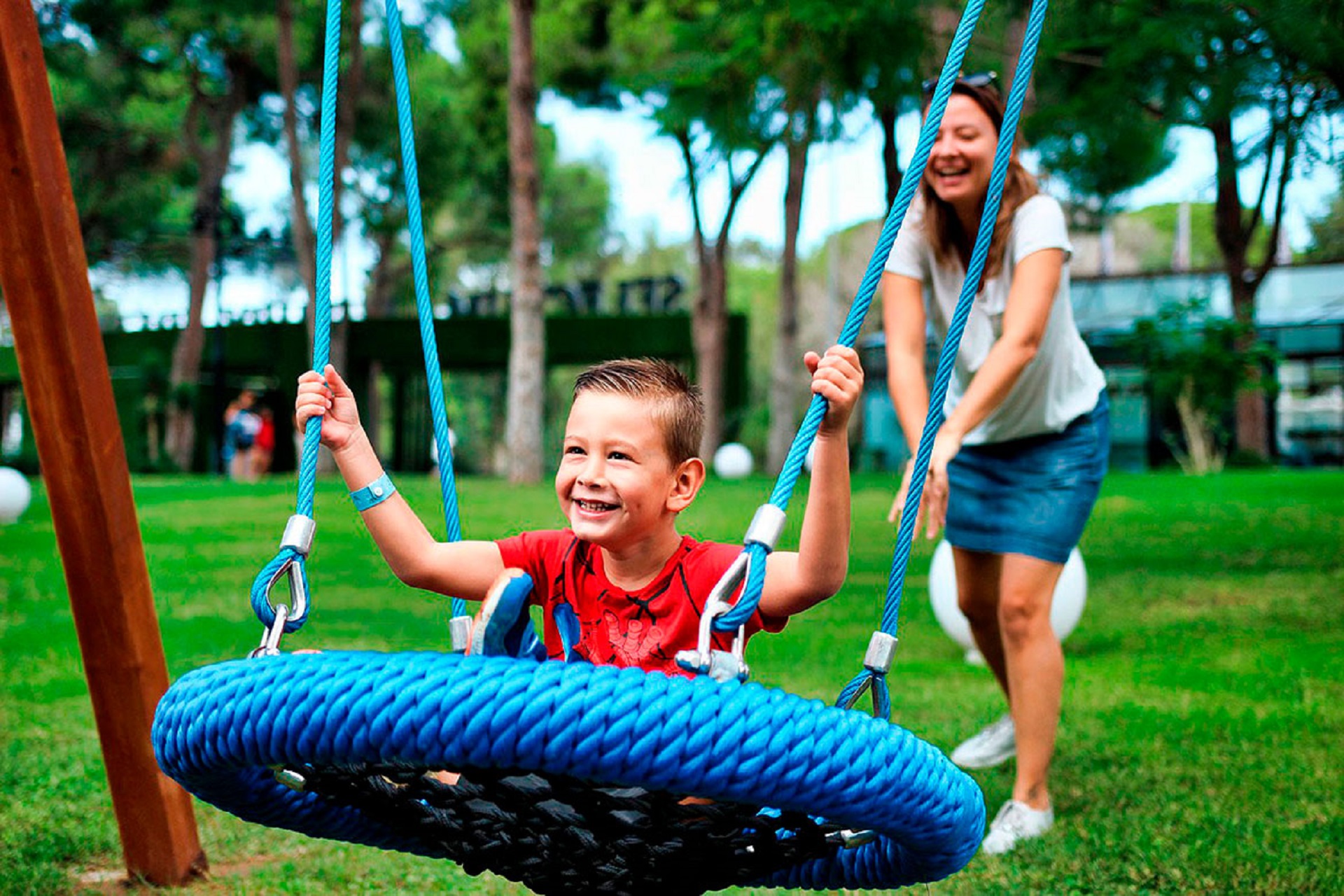 Blending fresh air, exercise, and Vitamin D from the sun makes outdoor play ideal to get kids moving. Adjust activities and supervision as needed for your child’s ability to tap the developmental benefits of an outdoor playtime adventure.
Blending fresh air, exercise, and Vitamin D from the sun makes outdoor play ideal to get kids moving. Adjust activities and supervision as needed for your child’s ability to tap the developmental benefits of an outdoor playtime adventure.
Age Appropriate Play
As children grow and reach new developmental stages, their play needs change, too. Keeping your child engaged means tailoring activities, equipment and environments to match their maturing abilities. Aligning play activities to each age group’s abilities is vital. Providing children with the right equipment and settings supports healthy development. Here’s how play priorities shift for different age groups:
Preschool Play Priorities
For preschoolers, focus on imagination-based, sensory play and short activities. Outdoor playgrounds for younger kids feature multiple senses like tactile, auditory and visual elements. Physical activities like climbing boost motor skills.
Keep Early Elementary Kids Engaged
Early elementary-aged children enjoy interactive physical play with simple rules. Playgrounds with numerous moving parts, balls, and bean bags promote active learning through play. Watch for disengagement if activities don’t match their maturing abilities.
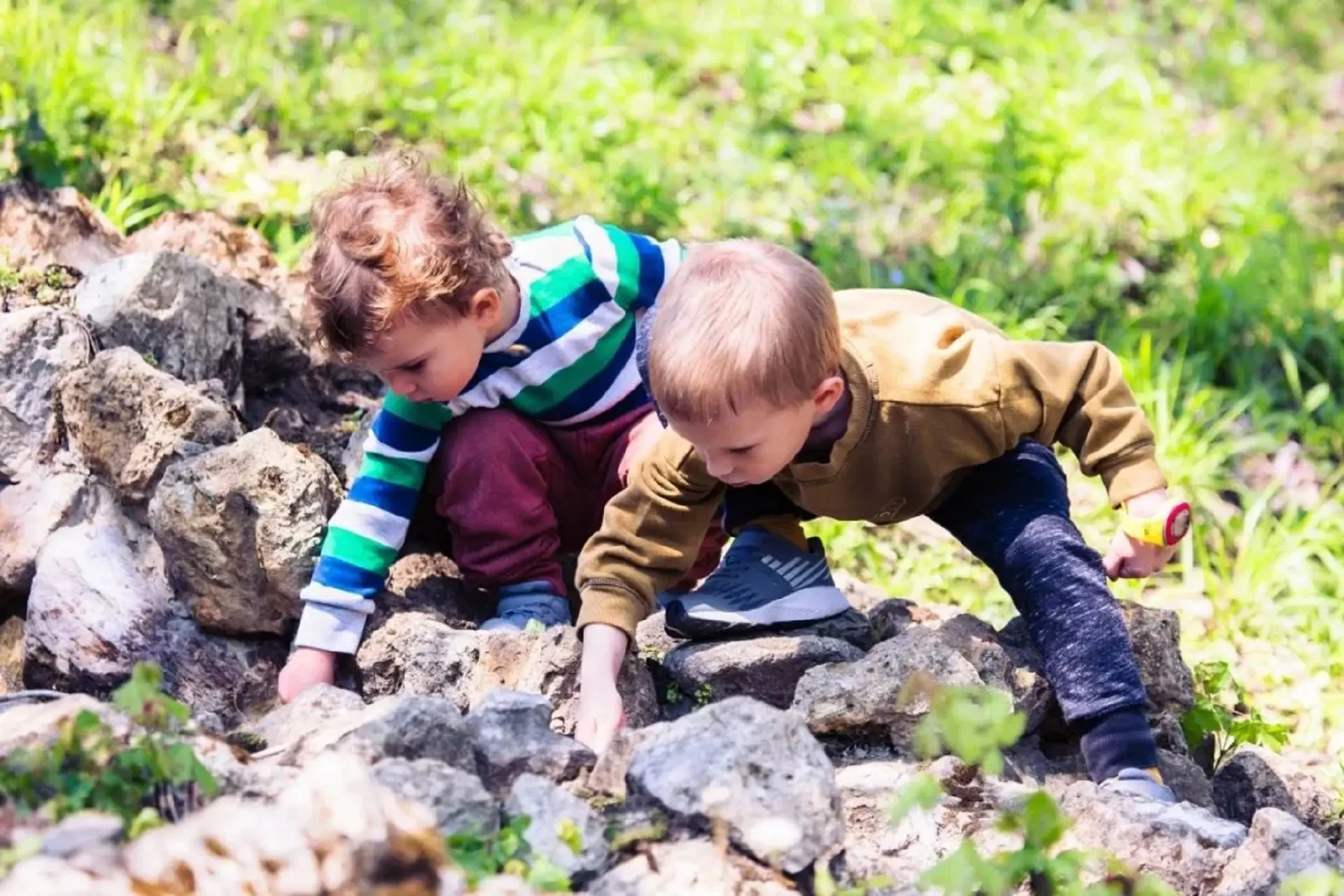 Older Kids Crave Independence
Older Kids Crave Independence
Older elementary kids have longer attention spans and are ready for more strategy, complex rules and independence. Playgrounds with elevated walkways, enclosed slides and climbing walls build confidence. Allow more time spent outdoors in free play without direct supervision.
Tailoring a child’s toys, equipment and play spaces to suit their evolving skills and maturity levels keeps playtime challenging and engaging healthily.
The Role of Parents in Play
As a child’s first playmate, parents lay the foundation for healthy play. From providing toys and healthy play space, parents support their child’s growth through critical stages. Children want to play more when parents participate. But limit involvement so kids can lead imaginative play. Provide toys and equipment but resist overly structuring playtime. Set tech time limits so children spend less time on devices and more time in active, engaged play.
Join children in the world they create through play. Follow their cues and direction rather than dictating the narrative. Allow them autonomy in their make-believe scenarios. While supervision is essential, grant independence appropriate for their age and skills.
By making play a priority and providing an environment conducive to play, parents help children reap the full developmental benefits of different types of imaginative, active, and outdoor play as they grow.
Play Equipment to Support Development
The toys and equipment children play with significantly impact their emerging abilities. As your child grows, tailor their play space to nurture development across multiple domains. Here’s how different types of playground gear can boost critical skills:
Select Development-Boosting Playthings
Providing an assortment of playground elements supports young children’s emerging abilities. Different types of play equipment build physical, social and thinking skills. Climbing toys like jungle gyms build strength, balance, coordination and confidence as children test their limits. Tall slides promote risk-taking and problem-solving skills. Swings assist vestibular development and body awareness.
Encourage Imagination
For imaginative play, include playhouses, puppet theatres or dress-up clothes to encourage creativity and role-playing. Sandboxes allow sensory play and construction practice with shovels and pails. Sports equipment like basketball nets improve hand-eye coordination and team skills. Look for customisable playsets and modular add-ons that grow with your child’s developing skills and abilities. Prioritise safety and durability when selecting wood, plastic, or metal materials.
Equipping your child’s play space with an array of toys, climbing structures, sports gear, and more e provides significant developmental benefits through their early years.
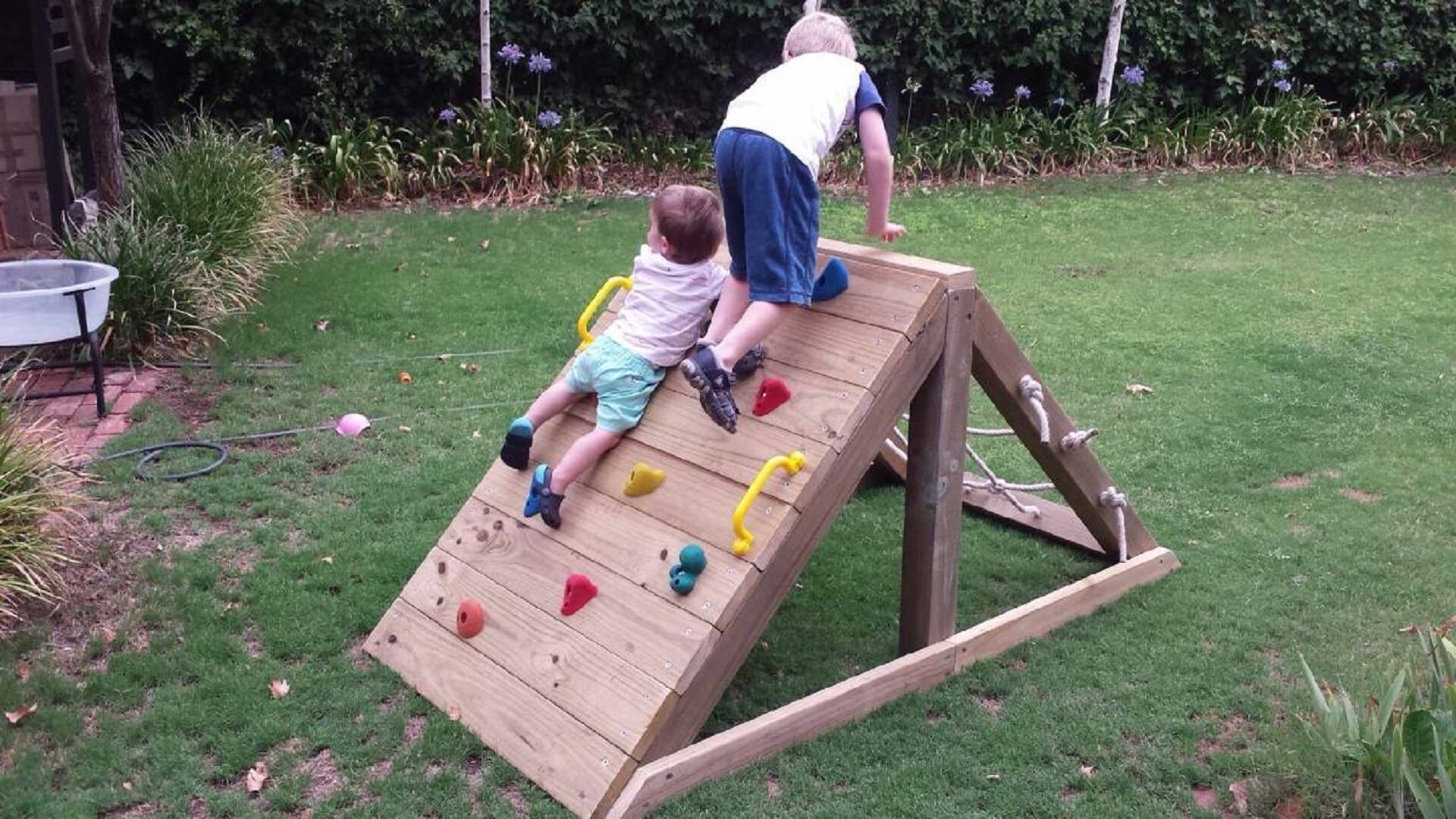 Let the Right Playground Set Your Child’s Development in Motion
Let the Right Playground Set Your Child’s Development in Motion
A well-equipped backyard playground has an incredible impact on child development. The right mix of play gear – from climbers to swing sets – builds crucial physical, emotional, social and cognitive skills. Unstructured free play encourages imagination and creativity. Rule-based games teach teamwork and discipline. Give your child room to run in outdoor spaces. Customise equipment as your child’s abilities evolve.
As their first playmate, you lay the foundation. Dedicate playtime for bonding while allowing autonomy. Outfit play spaces with toys to match your child’s maturing skills. Then, watch your toddler, preschooler, or school-ager reap lifelong developmental benefits from quality playtime in their backyard.
If you want to encourage outdoor play at your house, Aarons Outdoor has the solution. Encourage your child with a place in eight sizes with five elevation options. We also offer forts, cubby houses, swings, slides, monkey bars, and pirate ships.
Browse our premium equipment designed to delight and develop your kids. Bring the power of play home by creating your child’s dream backyard playground today!





